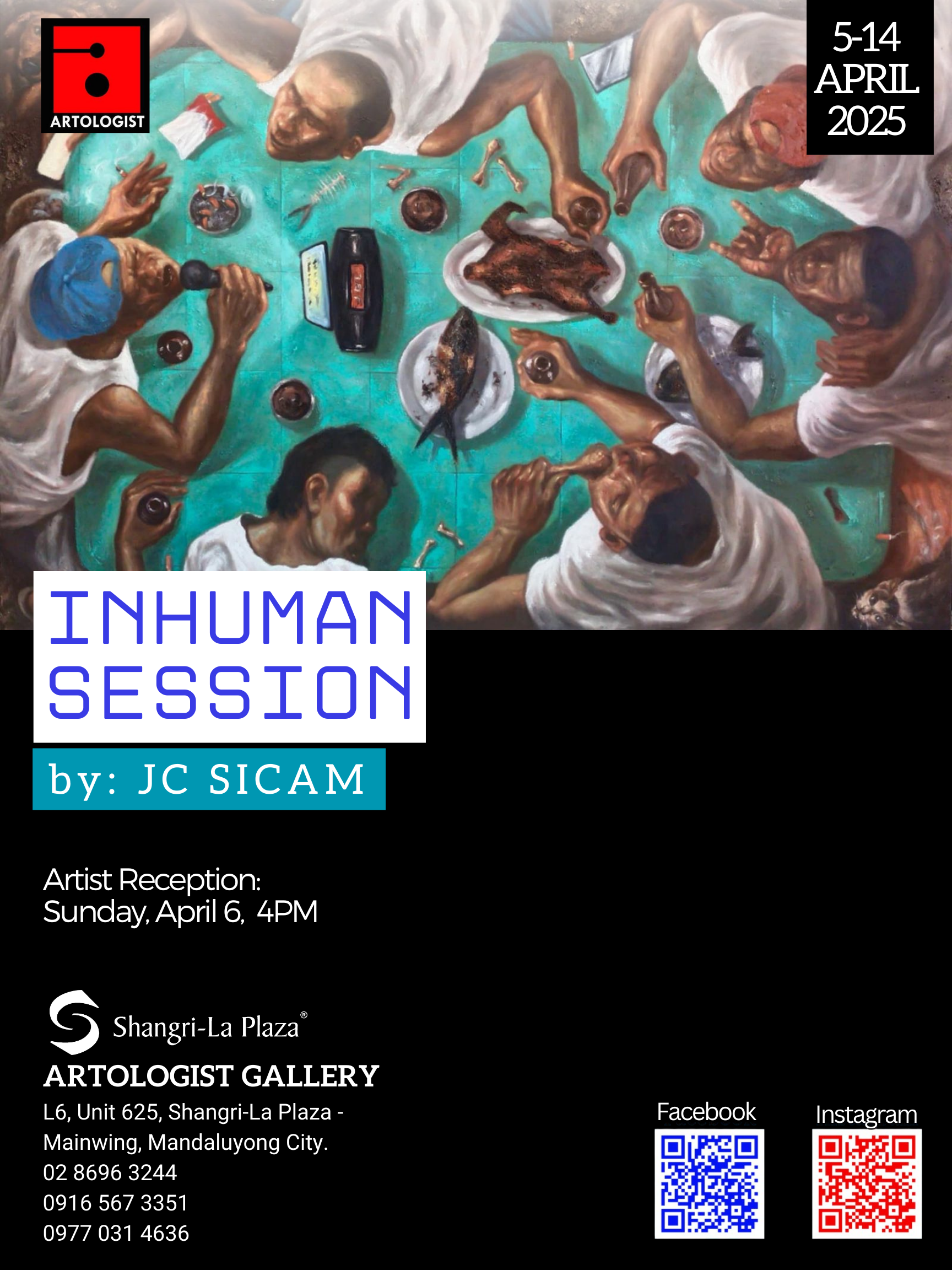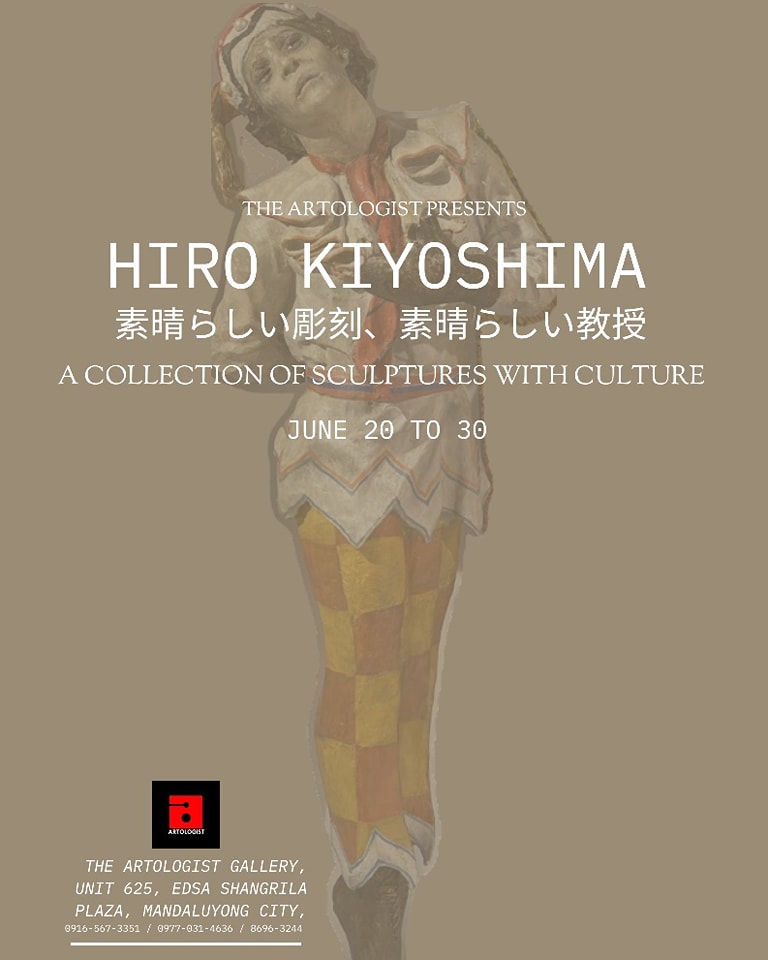
An Exhibition on Labor, Escape, and the Endless Cycle of Survival
In a world that moves too fast, where the weight of labor leaves bodies aching and spirits worn, “Inhuman Session” delves into the unspoken rituals of rest and release. It is an intimate portrayal of the ordinary men and women—farmers, carpenters, painters, and drifters—who carve out moments of relief, sometimes in joy, sometimes in recklessness, but always in pursuit of something beyond the fatigue.
This exhibition unearths the raw, cyclical nature of survival—where exhaustion is numbed by routine, where laughter is a brief escape, and where contentment can feel like both a comfort and a cage. The clinking of glasses at the end of a workday, the idle hours spent in conversation, the temporary relief that often blurs into something heavier—these moments are captured with unflinching honesty, revealing the beauty and quiet tragedy of those who simply want to live.
“Inhuman Session” is not just an exhibition; it is an invitation to step into these lives, to sit in their spaces, to listen, to feel, and to question. How do we define rest? When does routine become a prison? And in the end, is survival enough?











